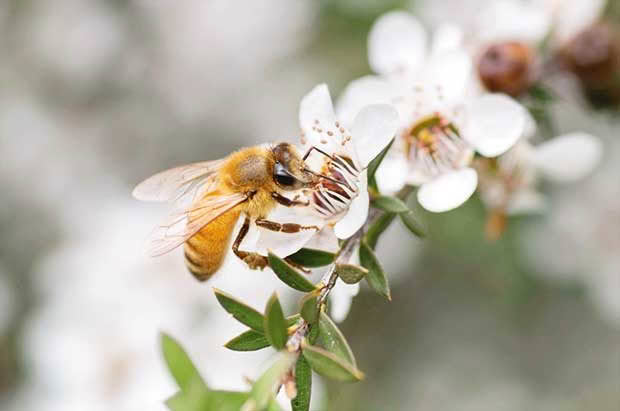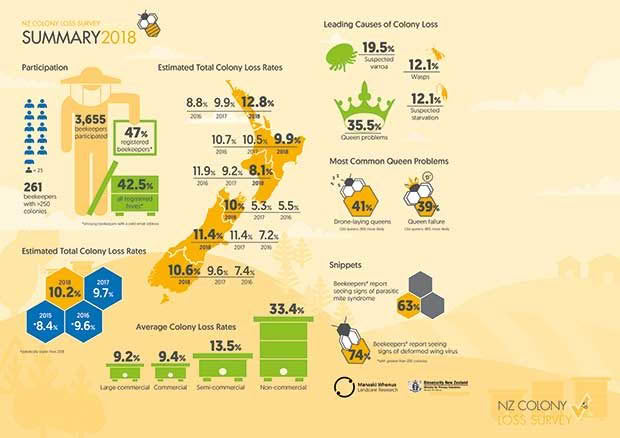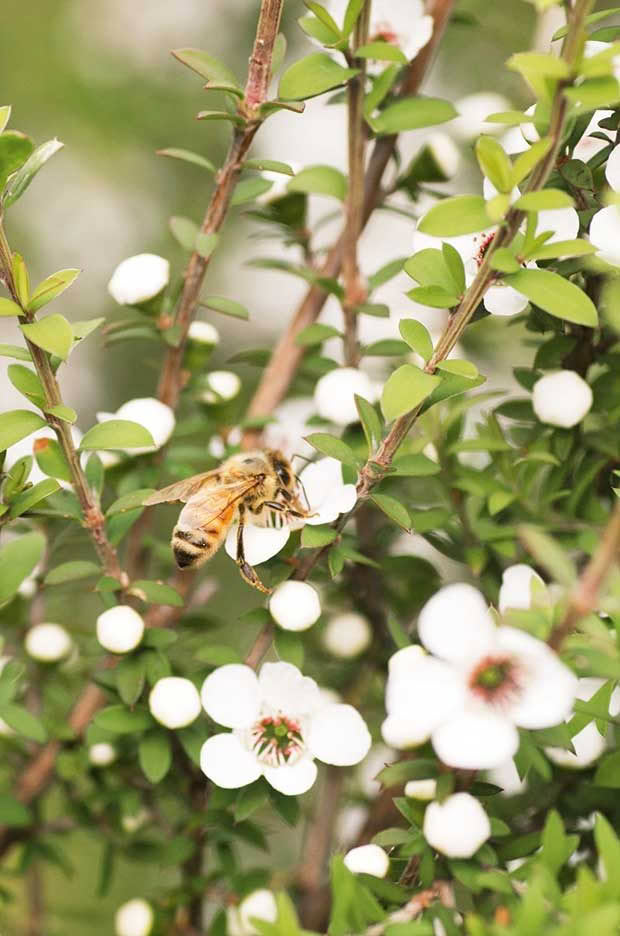What the 2018 Colony Loss Survey can tell us about bee health in New Zealand

A record number of NZ beekeepers have taken part in the annual survey of bee health, losses, and beekeeping practices.
Words Nadene Hall
Almost half the country’s registered beekeepers took part in the 2018 Colony Loss Survey, carried out on behalf of Biosecurity New Zealand by Manaaki Whenua – Landcare Research, the highest response rate since the survey began in 2014.
The latest results show bee colony losses have increased slightly since 2015. Annual hive losses were reported at 10.2 percent overall.

Non-commercial beekeepers had much higher rates of colony loss, over 30 percent.
“We have seen a slight increase in reported colony losses across the country every year since we began doing this survey four years ago,” says Dr Michael Taylor of Biosecurity New Zealand.
“Although this loss rate is still relatively low compared with many other countries, it does highlight the importance of ensuring good biosecurity, colony health, and beekeeping practice and we should strive for better outcomes.”
Amateur beekeepers suffered much higher colony losses (33.4 percent) than commercial and semi-commercial operators.

The most commonly reported causes of colony losses, accounting for 80 percent of losses in 2018, were:
• queen problems (such as drone layers, queen disappearance, or not laying eggs);
• suspected varroa mite infestation;
• suspected starvation of bees (caused by weather and other factors);
• wasps (which kill bees, eat pupae, and steal honey).
Less common were losses caused by American foulbrood disease, theft and vandalism, toxicity, accidents, and Argentine ants.
Love this story? Subscribe now!
 This article first appeared in NZ Lifestyle Block Magazine.
This article first appeared in NZ Lifestyle Block Magazine.
